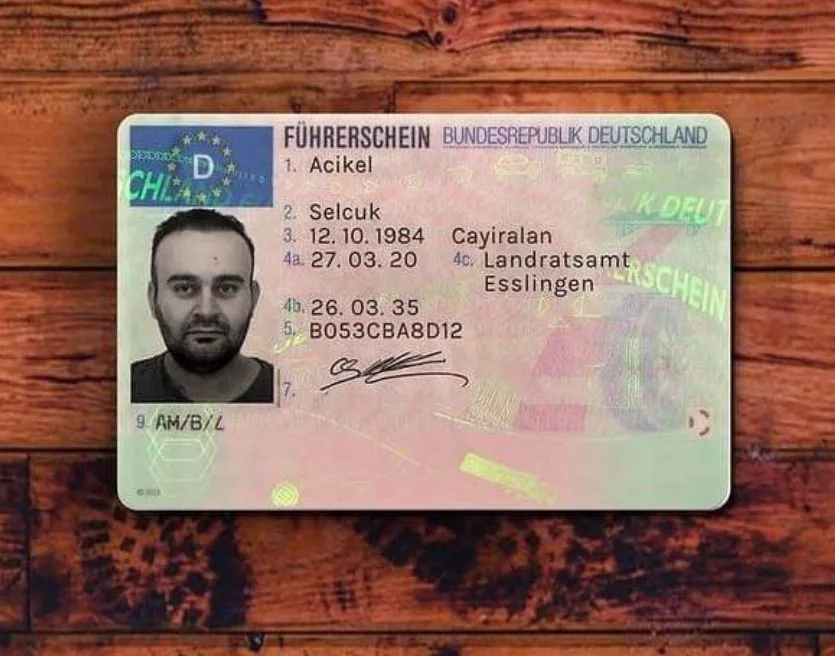Are You Getting The Most Out Of Your Acquire A Driving License?

The Ultimate Guide to Acquiring Your Driving License

Getting a driving license is a rite of passage for numerous individuals around the world. It represents independence, obligation, and the ability to navigate the world on your own terms. Whether you are a teenager excited to strike the roadway or an adult seeking to accept brand-new opportunities, understanding the process of acquiring a driving license is necessary. This article aims to direct you through the necessary actions and factors to consider for obtaining your driving license.
Step 1: Understand the Requirements
The requirements for obtaining a driving license can differ substantially from one area to another. Acquaint yourself with your local Department of Motor Vehicles (DMV) or equivalent authority's regulations. Normally, requirements might consist of:
Age: Most places require you to be at least 16 years old to request a learner's license and 18 to obtain a complete license.
Identification: A government-issued ID or birth certificate is typically required to show your identity and age.
Residency: You might need to offer evidence of residency in the jurisdiction where you are applying.
Vision Test: A basic vision test is typically required to guarantee you can see well sufficient to drive securely.
Action 2: Obtain a Learner's Permit
Before you can acquire a full driving license, you will typically require to start with a learner's authorization. This permits you to practice driving under particular restrictions, normally while being supervised by a licensed grownup. The steps to get a learner's license normally include:
Pass a Written Test: Many locations need you to take a written or computer-based test covering the guidelines of the road and traffic signs. Studying your state's driver's handbook can be extremely valuable in getting ready for this exam.
Application Fees: Be ready to pay a small application charge to acquire your learner's license.
Obtain Supervised Driving Hours: There may be a minimum variety of practice hours you need to log with a certified driver, usually varying from 20 to 50 hours.
Step 3: Enroll in Driver Education
Though not always obligatory, enrolling in a driver education course can be extremely helpful. These courses generally cover:
Theory Lessons: Understanding traffic laws, safe driving practices, and how to manage numerous driving circumstances.
Behind- internationaler führerschein kaufen : Practical driving sessions with a qualified trainer, which can help develop your confidence and abilities.
Numerous states offer online courses, in-person classes, or a mix of both. Talk to your DMV to see what alternatives are readily available.
Step 4: Practice, Practice, Practice
When you have your student's license, it's essential to get as much driving practice as possible. Utilize the time to end up being comfy with:
Parallel Parking: A skill that frequently comes up in testing.
Navigation: Understanding how to check out maps or utilize navigation devices.
Driving in Different Conditions: Gain experience driving in various climate condition and at different times of day.
Objective to practice a range of driving circumstances, including city driving, highway driving, and rural driving to develop your skills.
Step 5: Schedule Your Road Test
When you feel positive in your driving capabilities and have finished the needed practicing hours, you can schedule your roadway test. This test typically consists of:
Pre-Drive Inspection: You may be asked to show your understanding of the automobile's controls and perform a security check.
Driving Test: An examiner will accompany you in the car, examining your driving abilities, consisting of adherence to traffic laws, road positioning, and overall control of the car.
Make certain to inspect what documentation you require to bring to the test, such as your student's license and evidence of completed driver education, if relevant.
Step 6: Pass the Road Test
If you successfully pass your roadway test, congratulations! You will get your driving license. However, if you do not pass, don't be discouraged. The majority of locations allow you to retake the test after a waiting duration, providing you the chance to practice more and improve your abilities.
Step 7: Know the Post-License Responsibilities
When you obtain your driving license, it's vital to understand your obligations as a driver. This consists of:
Following Traffic Laws: Always follow speed limitations, wear your seatbelt, and prevent distractions while driving.
visit the next post : Most areas require chauffeurs to have car insurance, so make sure to understand what protection you need.
Renewal: Familiarize yourself with the procedure for restoring your license, which usually needs to be done every few years.
Conclusion
Acquiring your driving license is not just about passing tests; it's about fostering a lifelong attitude of duty and safety. By following these actions and appreciating the rules of the roadway, you'll not only get the freedom of the open roadway but also add to more secure driving environments for everyone. Happy driving!
